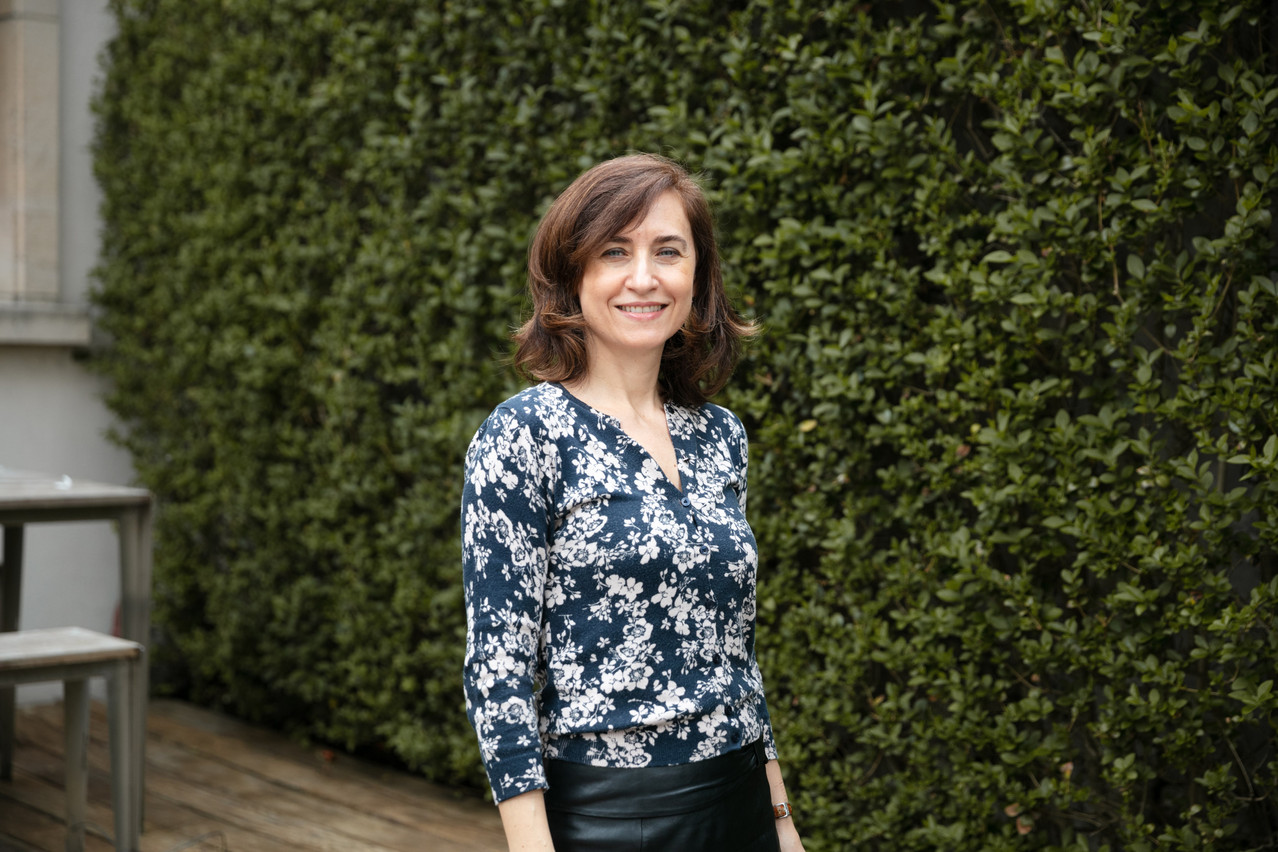Aaron Grunwald: For someone who doesn’t work in the financial sector, what is the EU Sustainable Finance Disclosure Regulation?
Adela Baho: It’s a directive which asks financial market participants--portfolio managers, financial advisors--to disclose what they do in terms of sustainability.
What counts as “sustainability”?
From [my firm’s] point of view, it’s being in line with the UN Sustainable Development Goals and the decarbonisation that is part of the Paris [climate] agreement. These two axes will be covered by sustainability-based measures and disclosures, meaning disclosure to investors.
What exactly are you disclosing?
For the sustainable goals, for instance, what is the contribution we make [via a company or project the fund invests in]? What is the environmental footprint... the greenhouse gas emissions? We can measure this, which is a good thing.
Did a lot of fund companies already have the required reporting metrics established?
No, they did not. This really was a big change for a lot of companies. It was a challenge, I would say. Some would argue because of the tight deadline; we had to have this [ready] for 10 March. I don’t know about all the companies, but there was a challenge as well from the current situation. [Perhaps] people didn’t know how to [implement it] from their home office.
But the next step is more complicated, because it is the introduction of communication from the risk process point of view.
What are the key challenges?
Very short term will be the regulatory technical standards... So, the RTS will be a bit challenging from a quantitative point of view. It [takes effect] next year and the next thing for us will be presenting the risk management process [to investors and to Luxembourg’s financial regulator, the CSSF].
More broadly, what is risk management, and what exactly is a risk manager’s job?
Risk does not [exist] alone. It works together with the portfolio manager and the valuation, so it’s always there, it always has to adapt to what they do. [With] the introduction of the new key risk indicators in the risk map, which ones you’d like to present or which ones are pertinent to the class, you’d think that the risk manager would know all the details or is an expert in solar, in wind, in biomass, in hydro, in batteries. So, you have the challenge of getting knowledgeable about this.
So a good risk manager really has to know a lot of technical details about the thing that’s being investing in and how the asset works?
Exactly. I’m not a risk manager becauseI was an investment manager for 10 years. But being on risk, you have kind of the full picture. Because you need to know the investment part, the risk part and the valuation part. You need to know, not everything, but all these interactions. So, of course, the Luxembourg regulator wants a responsible person for each of these tasks, that’s portfolio manager, risk management function and valuation function. [Under CSSF risk guidelines,] you need to know all the interactions of all these, because it starts with the investment, continues with the monitoring, so the risk part, and, of course, with the valuation, which is the impact on the price or the performance. Which is the definition of risk, by the way. In the risk book, the definition of risk is an unexpected change of the price. This is the definition of financial risk.
This interview originally appeared in the June 2021 print edition
